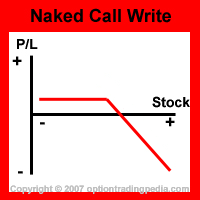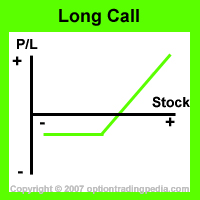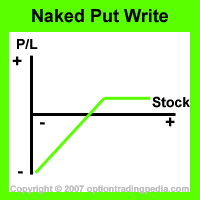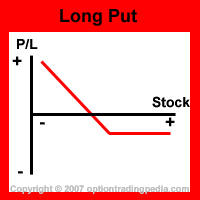Stock market
- Stock market/exchange: is a place for buying and selling (trading) shares in a company
Securities
A security is a tradable financial asset (non-physical asset with value derived from contractual claim). Securities can be loosely grouped into debt securities, equity securities, and derivatives.
Equity Securities (stock)
A share (or stock) is a type of security indicating partial ownership of a corporation, entitling the holder to a proportion of the company’s assets and earnings. A company sells shares to help raise money for its operation. The shares issued by a corporation are grouped according to the following hierarchy:
Debt Securities
Debt securities are based on debt i.e. borrowed money that must be repaid. The owner of a debt security is usually entitled to the principle and interest on that security along with other contractual rights. Common debt securities include (government and corporate) bonds, CDs, CDOs, etc.
Derivatives
Derivatives are contracts based on (derived from) the price of some underlying asset. Common underlying assets on which derivatives are founded include stocks, bonds, commodities, currencies, interest rates, and market indexes. The most common types of derivatives include futures, forwards, options, and swaps
Options
An option is a contract sold (from a seller) to a buyer for a premium that allows the buyer the right (but not the obligation, giving them the option) to purchase the underlying asset at the set strike price on or before a certain date in the future. Options are derivatives, as they are based on the price an underlying asset.
Call Options
Call options grant the holder the right to buy an asset for the strike price on or before the agreed upon date. That is, the buyer pays a premium to a seller for the right to purchase an asset for a set price before some future date from the seller.
In the case of stocks and similar types of underlying assets, the buyer benefits from a call option when the price of the asset exceeds the strike price before expiration; the buyer of the contract can then purchase it from the seller for lower than the market price, and turn around to sell it at market price for a profit. Of course, this is only beneficial if the profit exceeds the original premium paid for the contract.
Note the vanilla (write/sell) call options are often referred to as naked calls, where you’re always on the hook to purchase shares from the market if the call is exercised. In this case, losses are technically infinite, as the underlying stock can drop any amount and you’ll be responsible for the difference. Purchasing a call option is optionally referred to as a long call.


Colors indicate whether the strategy is bearish (red) or bullish (green).
Put Options
Put options grant the holder the right to sell a stock for the strike price on or before the agreed upon date. That is, the buyer pays a premium to a seller for the right to sell an asset for a set price before some future date to the seller.
Opposite of the example above, the buyer benefits from a put option when the price of the asset drops below the strike price before expiration; the buyer of the contract can then turn around and buy it at market price and sell it to the seller for greater than the market price. Of course, this is only beneficial if the profit exceeds the original premium paid for the contract.


Covered Calls
A covered call is when you buy or sell a call option against a stock you already own. In the case of selling (one of the theta gang strategies), owning shares at the time the option is sold allows you to limit your loss in the case the stock rises above the strike price before expiration. In this case you will always be able to sell the shares you already own, and if you do have to sell you will still profit from the shares rising (by the difference between the strike and the price at which you bought the shares). The tradeoff here, however, is that your possible gains are capped at , and you now take on some down-side risk by owning the stock if the price tanks.
In summary, the covered call is a less risky call option. When selling a naked call, you have a capped gain of , and an unlimited potential loss of (since E has no bounds). The covered call balances this lopsided risk by increasing (capped) gains to P+(S-C), and the unlimited potential loss now comes from owning the shares when the price drops, or (C-E)-P (note that owning shares also has unlimited potential loss, but is de-emphasized due to its relative tameness compared with the scale potential of options).
Cash Covered Puts
Futures
Futures are options with obligations i.e. options without the option part.
Prediction Markets
Prediction markets are markets created for trading the outcome of events
